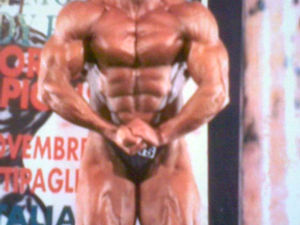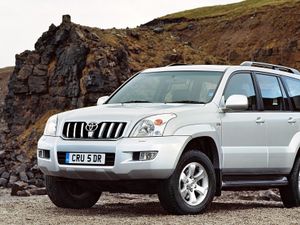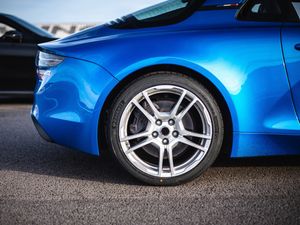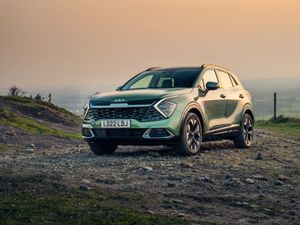The top 10 cars of the 2000s
The noughties provided some truly exceptional cars. We round up 10 of our favourites

The 2000s are often touted as a dark time for car enthusiasts. Bodywork got fatter, platforms became heavier and more leaden tech began to spoil the enjoyment of a truly analogue car. But looking back, there’s actually plenty of wheat among the chaff, and the 2000s did, in fact, give us some of the best, most interesting and most dynamic cars of recent times.
We round up 10 of our favourites, from tiny city cars to the ultimate in bespoke luxury…
Porsche 911 GT3 RS (997) (2006-2011)

The previous 996 struggled to win over Porsche purists with its water-cooled flat-six, but models such as the track-hardened GT3 RS helped win many over. As such, it was only natural that the ultimate track 911 would return for the 997 generation.
Released in Europe in October 2006, the 409bhp road-racer shed 20kg off the standard GT3, and featured all the hallmarks of a proper track day car, such as a bare interior, roll cage and a larger rear-wing inspired by Porsche’s Carrera Cup race cars.
The 3.6-litre flat-six grew over the years. It was bored out to 3.8-Litres for the 2009 model year, with an increased power output of 443bhp, before one final variant, the GT3 RS 4.0, arrived in 2011. This final hurrah featured a 4.0-Litre, 493bhp version of the flat-six engine, and just 600 were built.
Nissan GT-R R35 (2007-present)

Nissan had a hard act to follow from the R34 Skyline GT-R, which itself had become a worldwide icon as a result of delivering supercar killing performance and becoming the poster child of JDM culture.
Follow it did though. Launched in 2007, the GT-R may have dropped the Skyline name but it took Nissan’s halo machine to new §heights. With a 3.8-litre V6 delivering an at-the-time staggering 475bhp through a seriously clever four-wheel-drive system, ‘Godzilla’ had risen above performance cars twice the price yet again. It’s proven so successful, and so ahead of its time, that the R35 is still in production today.
Mini Cooper (2000 – 2006)

The rebirth of an icon can be a really difficult job, with car manufacturers keen to skirt the line between old and new. You can look at the first Volkswagen ‘New Beetle’ for an example of how not to do it – but the first R50 Mini, once the brand passed into BMW ownership, proved that it was possible.
Okay, so it was less of a Mini than the tiny original, but here was a car that retained all of its predecessor’s cheeky charm and backed that up by being staggeringly good to drive. The wheel-at-each-corner stance and perky 1.6-litre engine made the Cooper an absolute hoot in the corners. Though the third-generation ‘new Mini’ is a world away from the 2000s model, it remains a best-seller – and it’s still produced in Britain. BMW, you done good.
Aston Martin DB9 (2004-2016)

Just look at it. We’ll give you a moment. Okay, now wipe the drool off your chin and we’ll continue.The DB9 stands out even today as an example of near-perfect design – timeless, elegant, and just beautiful.
Of course, the rest of the car didn’t exactly leave owners feeling short-changed either. Here was a V12 grand tourer capable of making a thousand miles feel like a trip to the shops. The sonorous engine note and sharp handling made it a hoot on the sort of sweeping continental roads British drivers love so much, and even when it broke down (which, let’s be honest, was frequently) you could always just sit back and admire those looks. There’s a reason this big bruiser remained on sale virtually unchanged until 2016.
Audi R8 (2006-2014)

Named in honour of the hugely successful R8 LMP racing car, and based on the Le Mans Quattro concept of 2003, the original R8 was Audi’s first crack at supercar production, and it’s fair to say that it was an impressive take on the genre.
While the Le Mans Quattro’s twin-turbo V10 was replaced by a 414bhp, 4.2-Litre V8 from the Audi RS4 in the first versions of the car launched in 200, a V10 version finally arrived in 2009, albeit sans turbocharging. Thanks to its relative usability and performance prowess, the R8 has quickly become the budget supercar of choice for many petrolheads.
Bugatti Veyron (2005-2015)

The Bugatti Veyron is one of those ‘Concorde’ moments in engineering. When the Volkswagen Group put it in to production in 2005, the motoring world was blown away. Housed underneath that almost steampunk-esque bodywork is a 8.0-litre quad-turbocharged W16 engine that at the time of launch developed just a shade under 1,000bhp.
It smashed the production car top speed record with a mind-boggling 253mph run in that very year, yet was hailed by the press for being perhaps the ultimate luxury cruiser. Just 450 examples of the Veyron were made in a decade-long production run, yet Volkswagen made no money on them. It had absolutely no reason to exist other than to prove what its engineers were capable of, but the world is better off for it.
Ferrari Enzo (2002-2004)
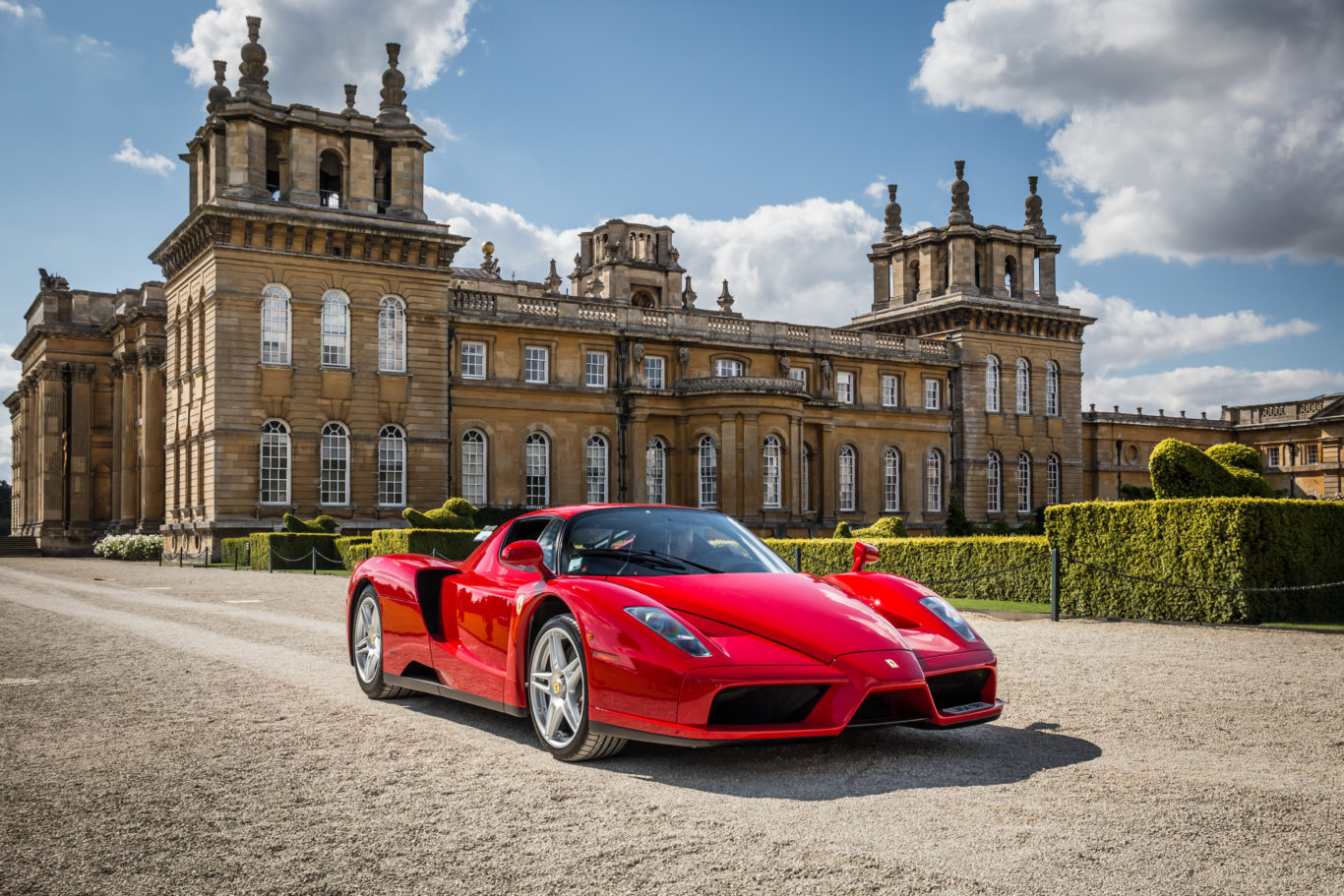
After the F50 struggled to live up to the hype of its predecessor – the F40 – the world’s elite enthusiasts waited with baited breath as news filtered through regarding the upcoming F60.
Ferrari then created hype all of its own by christening the new project ‘Enzo’, after their founder, and sure enough, it coped under that pressure. With a 6.0-Litre, 651bhp V12 combined with a chassis fettled by the likes of Michael Schumacher at the Italian brand’s private Fiorano test track, the Enzo proved to be a seriously capable performance despite its glamorous look and large size.
Renaultsport Megane R26.R (2009)

2009’s Megane R26.R was the hot hatch world’s answer to stripped out supercars like Porsche’s 911 GT3 RS and Ferrari’s 430 Scuderia.
At 1,232kg, it is some 123kg lighter than the Megane R26 thanks to a heavy diet that saw the utilisation of carbon fibre for the bonnet and polycarbonate as a glass substitute. Of course, as is so often the way with track specials, amenities such as the CD Player and the rear seats were removed. Just 450 were produced.
Fiat 500 (2007-Present)

Pulling the same trick as BMW did with the Mini, the rejuvenated Fiat 500 arrived in 2007 with a chic, retro look that balanced modern day sensibilities with hallmarks from the rear-engined original.
Based on the same platform as the Panda, the 500 was now front-wheel drive and front-engined, and had arguably shifted from being transport for the masses to being an accessory as much as it was a car. The 500 is still on the market today, albeit with a slight facelift from the 2007 car, and sales numbers are increasing year-on-year.
Rolls-Royce Phantom (2003-2017)

Ultimate luxury is pretty hard to come by, and at the start of the 2000s that was certainly true of Rolls-Royce. The world’s foremost luxury brand had a portfolio of aging, low-tech cars fast being overtaken by rivals from the Continent. But salvation came thanks to new owner BMW, which soon released the Phantom – the ultimate prestige car, bar none.
The Phantom combined old-school luxury with cutting-edge tech. Sure, there was a fully-featured infotainment system – but it was hidden behind a beautifully panelled wooden dashboard. Of course there was entertainment for the rear seat passengers, but they could just as easily sit back, sink their feet into the inch-thick lambswool carpet and revel in the novelty of travelling in complete silence. Despite being backed by a German brand, the Phantom was – and remained until 2017 – proof that the British know how to make luxury cars better than anybody in the world.

